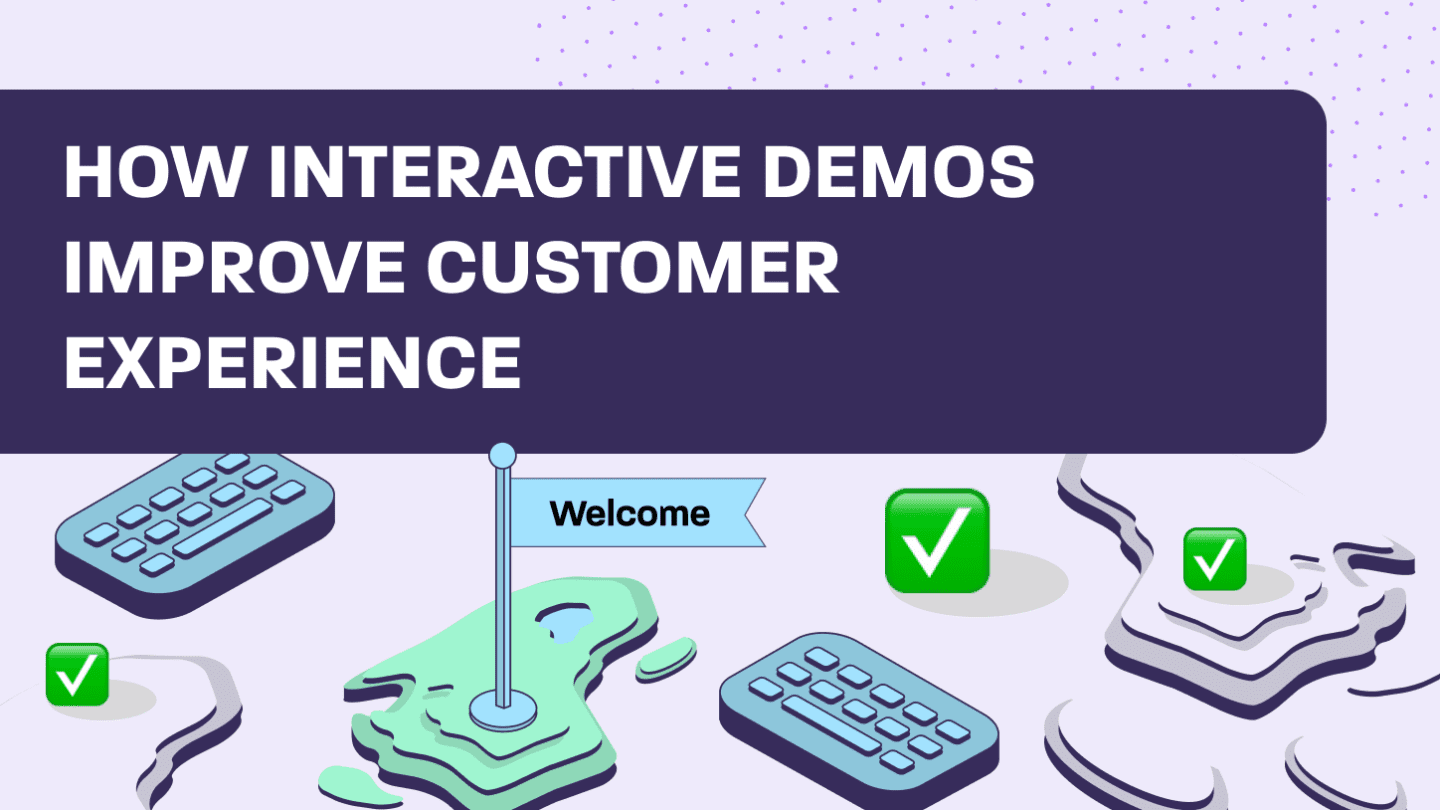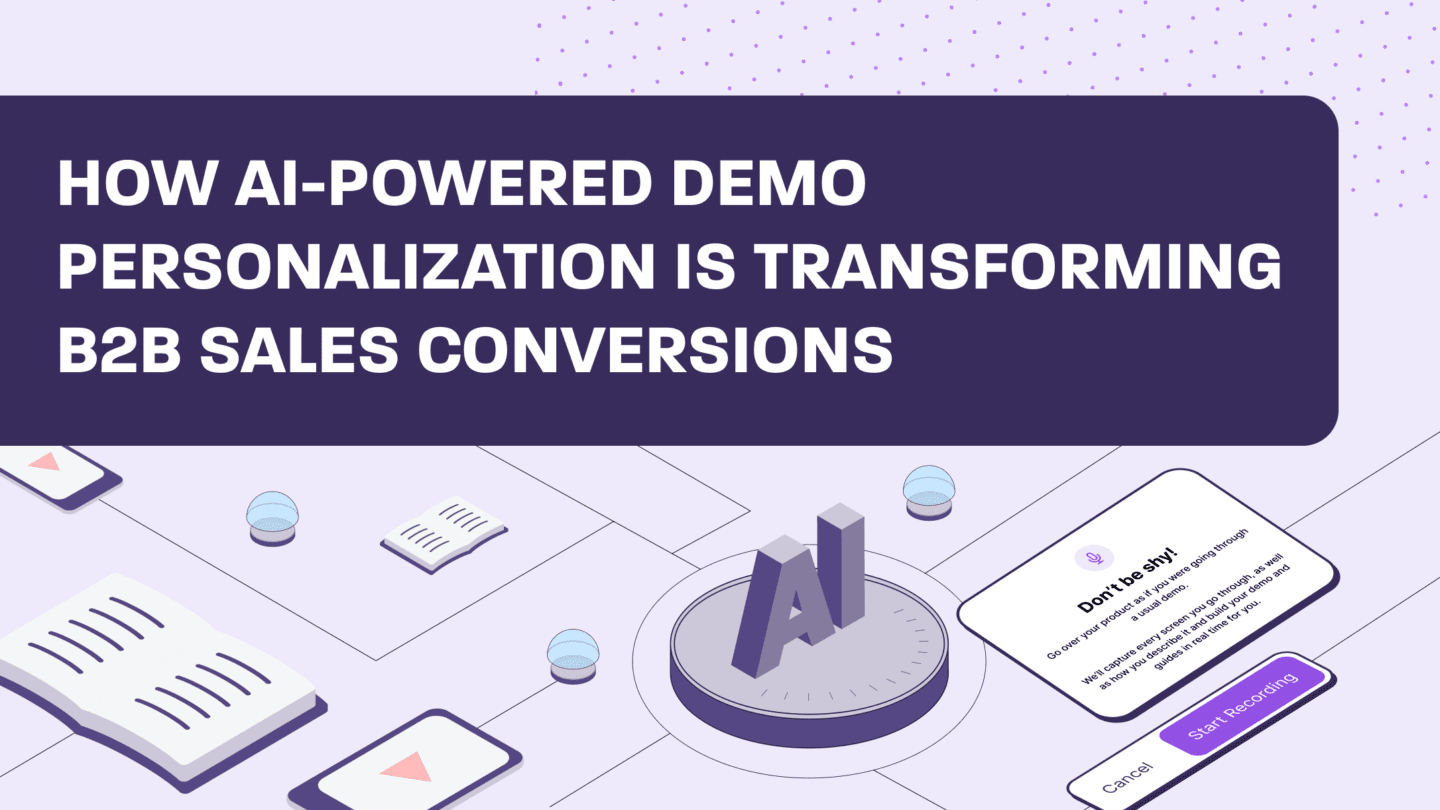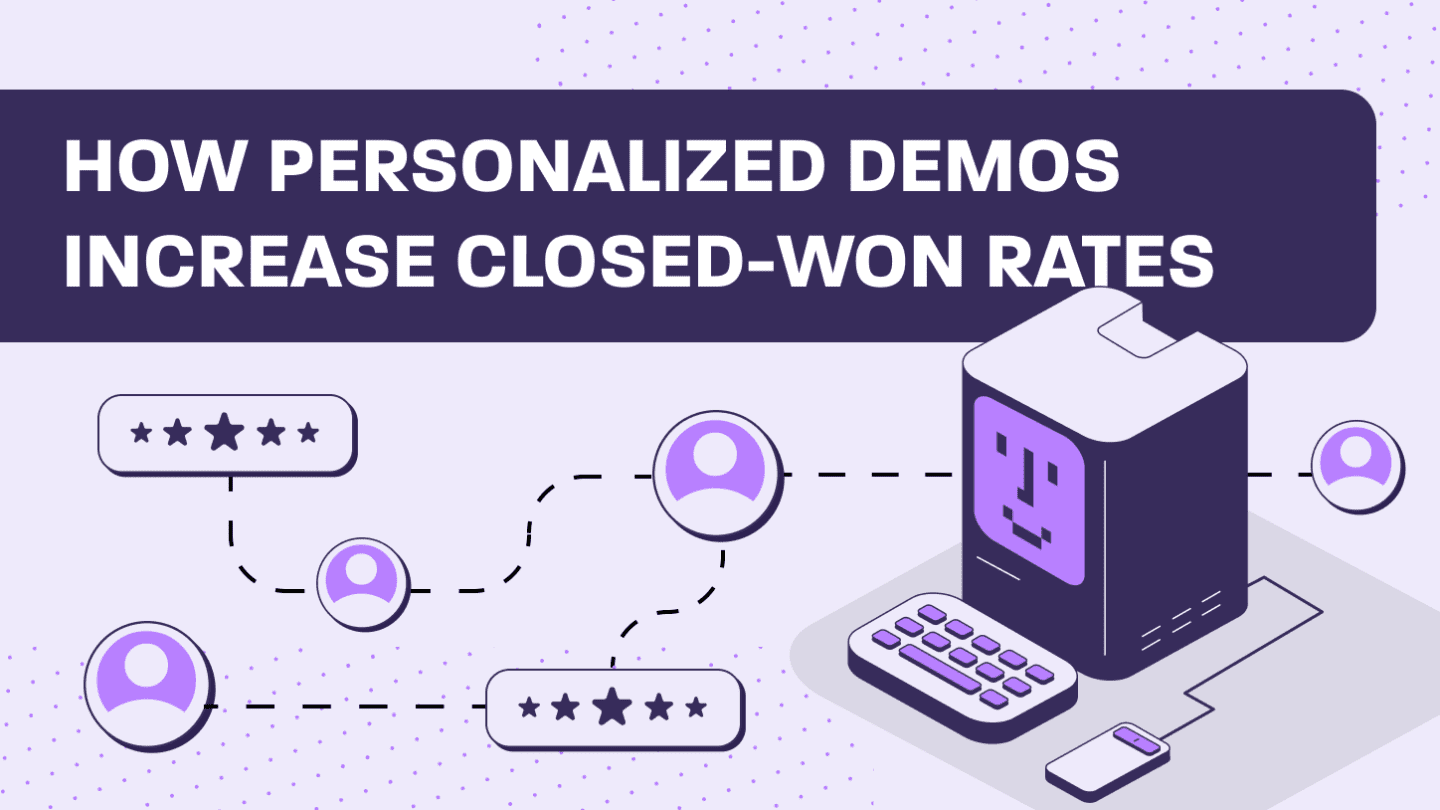Imagine you’re back in your favorite childhood sandbox.
It’s kind of weird, but just humor us for a minute.
While you’re sitting in the sand without a care in the world, the walls of the sandbox are keeping you safely inside and separated from everything else on the outside.
That’s the idea behind a sandbox environment.
(See, we told you we had a point!)
And this safe, isolated environment is exactly what sales teams want to be using when giving a product demo.
Because anyone that has been in the sales world for long enough will tell you providing prospects with an engaging and realistic demo is one of the most effective tools you can use when selling B2B SaaS. And that a demo that doesn’t load or crashes could lead to a live demo fail or even sabotage your deal.
In this article, we’ll go over everything you need to know about sandbox environments and how you can use them to help your sales team close more deals.
What is a sandbox environment?
Before we get ahead of ourselves, let’s make sure we’ve got the basics down.
A sandbox is a test environment used to run programs or files without impacting the surrounding system or platform.
Essentially, sandboxes work by isolating an environment where crashes or any mishaps can be quickly rolled back, reset, or just experienced with no effect on the systems they mirror.
Sandbox environments for demos and proof-of-concepts
So, how are sandbox environments used for SaaS sales?
In SaaS sales, you have to be able to show different stakeholders, prospects, or current customers your software. There’s no way around it.
And of course, you want to give prospects a way to easily play around with your product that doesn’t make you nervous about what might happen if something goes wrong.
That’s where the sandbox environment comes in handy.
Sandboxes simplify the process by running replicas of your software in a structured environment with test data that users can play around with to get a feel for what your software does.
And because it’s an isolated environment that mimics your product, it is a great way to show off your product without necessarily having to give prospects access to the actual software. It also keeps actions and consequences within that environment to avoid affecting the rest of your platform.
Benefits of a sandbox environment
Having high-quality and safe-to-run product demos is crucial to the success of SaaS sales teams.
And we can say the same thing about sandbox environments.
Here are just some of the benefits:
- Offer realistic product experiences—Encourage prospects to travel deeper into the B2B sales funnel by showing them what it would be like to actually use your product.
- Eliminate reliance on R&D—Allow sales teams to give access to the product to prospects on the fly without relying on other technical teams to help. This frees up the development team to focus on their day job: making your product even better.
- Reduce risk—Sandbox environments offer an easy and fully controlled way to show off your product without worrying that the surrounding environment will be affected.
- Control the narrative—Ensure that marketing, sales, and success teams are able to control the narrative of the demo using hand-picked, fully customized experiences.
How to create a sandbox environment
When it comes to getting started with a sandbox environment, the setup really depends on how you intend to use it.
Typically, sandbox environments are run on virtual machines, which mimic a computer. The difference is that the sandbox will use software resources instead of hardware resources. And of course, any impacts will remain within this isolated environment.
When creating the sandbox environment, it should resemble your product as closely as possible to give your prospects a realistic demo experience. It’s also a good idea to try to mimic the operating system that your software runs on.
In some cases, R&D will build these environments for the go-to-market (GTM) team to use.
Or, you could use a demo experience platform (like Walnut) that comes with a safe and secure sandbox environment ready to go, no code required.
Just saying.
What can you do with a sandbox environment?
Once you’ve got your sandbox environment up and running, there’s a lot you can do with it.
Here’s just some of the ways that you and your team can take advantage of a sandbox environment:
Create highly customizable product demos for SaaS sales
We talk about it a lot here, but we can’t understate the importance of personalization.
And having a sandbox environment will allow you to tailor your demos for different prospects.
We’re not just talking about including branding elements from your prospect’s company. This is really important, but it’s not the only way you need to personalize the demo.
You can also leverage the sandbox environment to demo different use cases. This will show that you understand the prospect’s unique pain points and how your product can address them.
For sales teams, personalized demos can help you better showcase the product’s unique value proposition. And this can make a big difference when it comes to getting a deal closed.
But it’s important to remember that personalization can enhance your strategy in all stages of the sales lifecycle, not just when you meet with a prospect.
Use advanced analytics to gauge your success
Don’t you wish there was a way you could tell how successful your demo was?
Well, now you can! That is, if you use the right sandbox environment.
Some sandbox environments (like, um, Walnut) allow you to collect data and track various SaaS sales metrics to help you determine how users interacted with your demo.
For example, you can measure metrics like:
- Top-performing demos
- Conversion rates
- Completion rates for demos
- Most popular features or pages
This will allow you to see which parts of your demo were interesting for prospects, and which parts still need some work, so you can improve your demo performance going forward.
Onboard new customers
Your prospect has just taken the plunge and is now a paying customer. First of all, give yourself a round of applause! It’s well deserved.
But there’s still plenty more that needs to be done.
With the right sandbox environment, you’ll also be able to train and onboard new customers with interactive tutorials and walkthroughs. This will ensure the transition from prospect to buyer is smooth. And this will go a long way in boosting activation and retention, while reducing SaaS churn.
And because you’re using a sandboxed environment, you don’t need to worry about your customers running into any unexpected problems or bugs.
This allows prospects to freely explore your product and its different features in a safe and welcoming environment.
Enrich your sales strategy with a sandbox environment
Think of it this way. Running your product demos in a sandbox environment will only help you when it comes to offering a personalized and interactive demo experience.
But you don’t need to wait for your engineering or R&D department to start using a sandbox environment.
There are demo experience platforms (have we mentioned Walnut?) available that come with a reliable sandbox environment, making it easier for sales teams to pick the product highlights and showcase them in an easy-to-digest way.
These interactive demo platforms use simple, no-code software, eliminating the reliance on back-end teams. This gives the sales team complete control of how demos are delivered.
The best part? When you house your product demos in the sandbox environment, there is less of a chance of crashes or long loading times during your pitches.
By using a sandbox environment, you’ll be giving your team tools and capabilities to effectively appeal to each prospect’s specific needs, wants, and pain points.
What are you waiting for? Try it for yourself or click that “Get Started” button on the top of the screen for more info.





